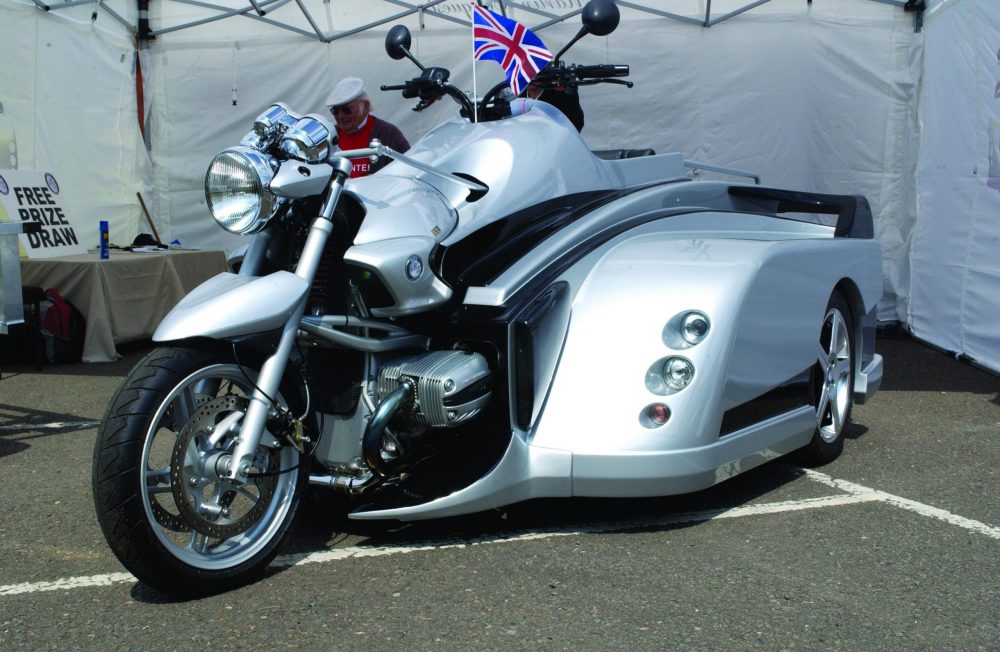
Motorcycling for those with disabilities or after illness
If you want to ride a motorbike or scooter, the first step is to let the DVLA know if you have condition that may affect your ability to do so.
For guidance on ‘notifiable’ conditions, check the DVLA (Driver and Vehicle Licensing Agency) medical branch website or call to speak to an adviser. Your local Mobility Centre can also offer advice. DVLA may request that you undertake an assessment if they are not sure whether your medical condition or disability could affect your ability to ride.
If you do not yet have a licence you should apply for a provisional licence.
Are you intending to ride a standard manual bike or scooter?
If you have the physical ability to ride a standard bike but are concerned about getting back on a bike after illness or accident, or you have learning difficulties and want to see if you could learn to ride a motorbike or scooter, then you may consider an assessment at a mobility centre. Some mobility centres work with local motorbike schools to provide an assessment of your needs. These assessments usually use standard motorbikes or scooters.
You would start the session on a hardstanding area off public roads and carry out CBT (Compulsory Basic Training) style activities. If you have a full licence and the assessment team are satisfied with your progress, you will proceed onto public roads. A step-by-step approach is followed to manage risk. When riding on the road you will be accompanied by an instructor, usually riding behind you and in radio contact. The assessment team will work with you aiming to overcome any difficulties you may encounter and will also have your safety at heart.
Will you need an adapted bike?
If your physical ability means that you would not be able to operate the standard controls on a motorbike or scooter, then you may be able to ride an adapted bike or trike. It is also important to consider balance as well as any limb impairment. There are a number of motorbike adaptations available: to reposition the controls, or move the controls to be operated by a different limb, clutchless gear shift, thumb throttle, modified foot plates, drop down stabilisers when stationary, a third wheel or side car, or an adapted trike. For further advice on motorbike adaptations, the National Association for Bikers with a Disability (NABD) have a wealth of knowledge and experience. Mobility centres work closely with NABD where advice is needed on adaptations, licensing rules and codes and input from a clinician.
